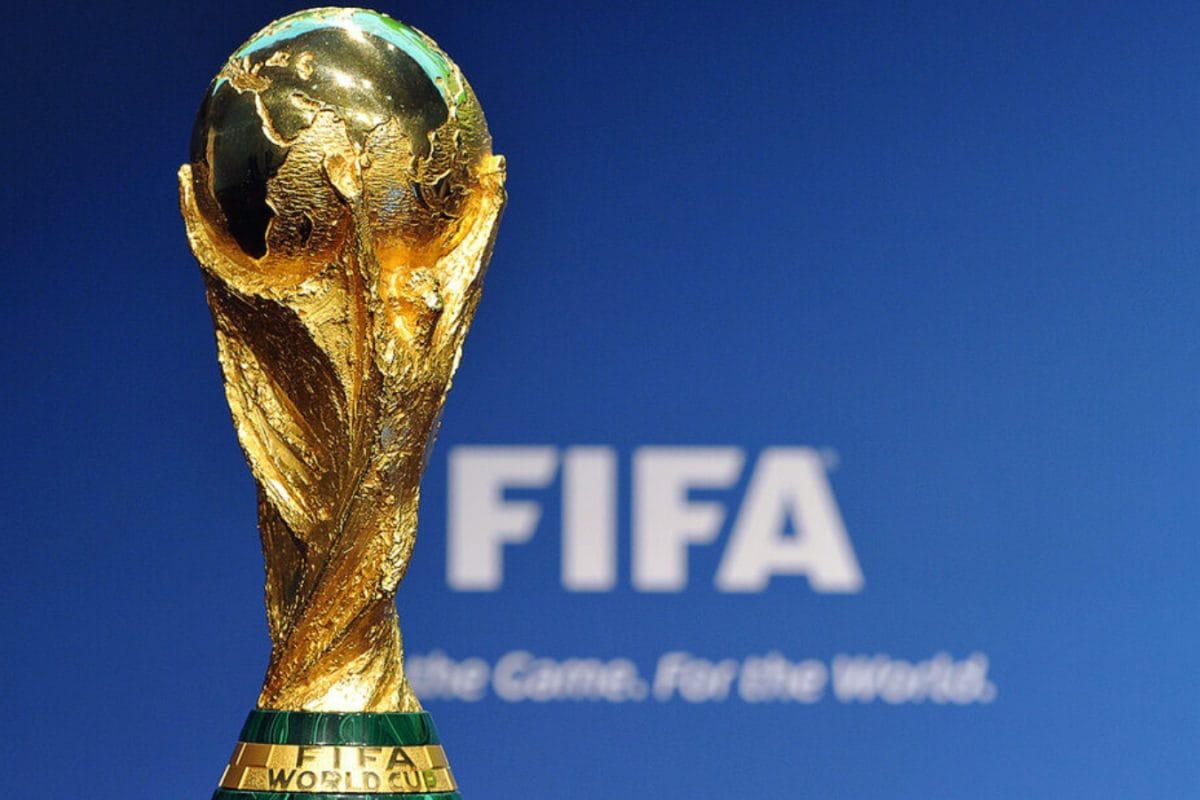

With the FIFA World Cup 2026 just around the corner, the 11 U.S. host cities are unveiling comprehensive plans to ensure the tournament leaves a lasting positive impact on their communities. These initiatives go beyond the excitement of the matches, focusing on cultural equity, infrastructure development, and expanded opportunities for youth.
At a recent panel in New York City, officials from the host cities shared their strategies for leveraging the World Cup as a catalyst for long-term civic benefits. These strategies include strengthening cultural inclusion through community-based projects. Seattle, for instance, is investing $250,000 in the Chinese American Art Legacy Project, highlighting the historical contributions of Chinese Americans in the city's Chinatown-International District. According to April Putney, from Seattle's host committee, the project reflects a "people-based legacy" approach, ensuring local communities are integral to the World Cup story. Seattle's Chinatown district, located near the stadium, will be central to the city's fan and cultural programming, aiming to directly benefit local businesses and residents.
Other cities are adopting equally localized approaches. Los Angeles is awarding grants to community nonprofits, while Miami is curating a culturally immersive Fan Festival. Kansas City is piloting a new regional transit model, and Dallas is investing in youth soccer infrastructure and media capacity. These efforts reflect a broader strategy to use the World Cup as a platform for inclusive and locally meaningful experiences. Free public viewing zones, grassroots partnerships, and regional branding efforts are also key components of this strategy.
Beyond cultural initiatives, significant investments are being made in infrastructure. Major renovations are underway at key stadiums like MetLife Stadium in New Jersey, and SoFi Stadium in Los Angeles. In Canada, Toronto and Vancouver are upgrading transit infrastructure, public gathering spaces, and security protocols. U.S. cities are investing heavily in stadium enhancements, hospitality, and transportation networks, including airport expansions and hotel developments. These upgrades are not just for the games themselves, but also for the weeks of events, concerts, fan festivals, and international tourism that will surround them.
The economic impact of the 2026 World Cup is expected to be substantial. Economists predict billions of dollars will be injected into the North American economy, with local businesses anticipating a boom in tourism, dining, and retail. The U.S. Soccer Federation estimates that each American host city could see economic impacts ranging from $160 million to $620 million.
However, host city organizers are also aware of potential challenges. Philadelphia's host city executive, Meg Kane, acknowledged that events such as immigration policies could impact the tournament. Despite these uncertainties, Kane emphasized the importance of making all visitors feel welcome and ensuring FIFA can continue constructive conversations with administrations regarding visas, workforce, and tourism.
Stadiums and cities are drawing on past experiences to prepare for the event. AT&T Stadium in Arlington, Texas, which will host nine matches, the most of any city, has a strong track record of hosting major sporting events, including the Super Bowl, College Football Playoff National Championship, and multiple CONCACAF Gold Cup matches. Atlanta, having hosted the 1996 Olympics, is leveraging its experience to improve navigation and resources for international guests, focusing on clear wayfinding and multilingual resources.
As the one-year mark approaches, excitement is building. With the world's eyes on North America, the host cities are committed to delivering a memorable and impactful FIFA World Cup in 2026.